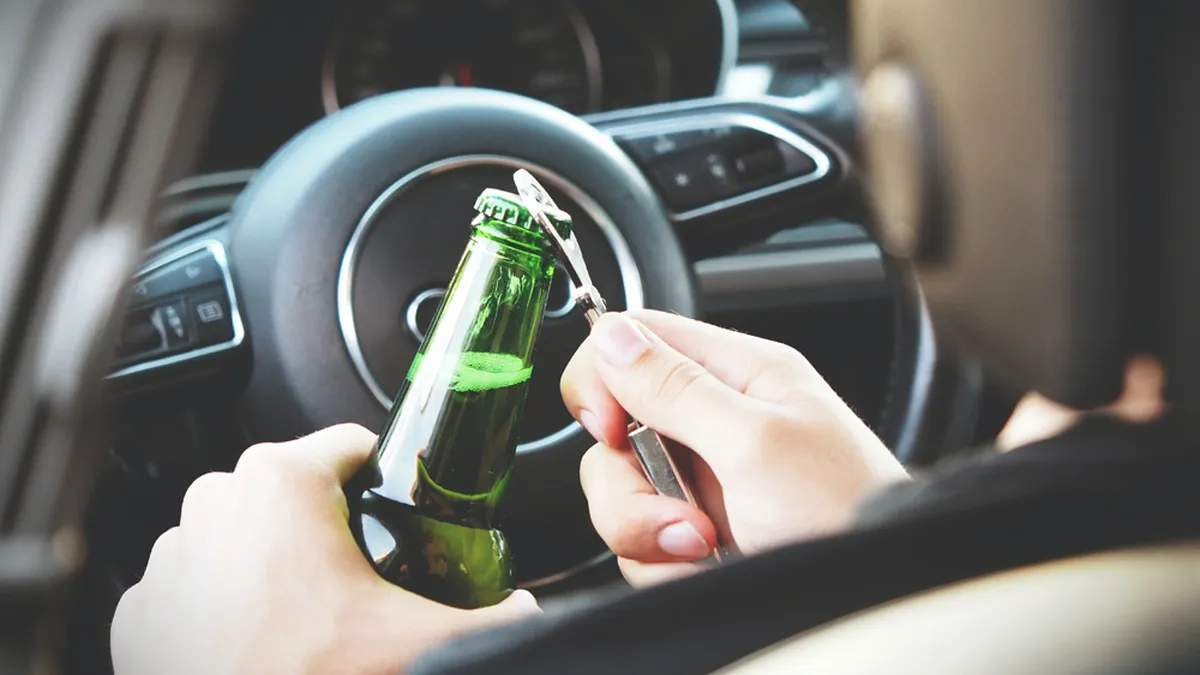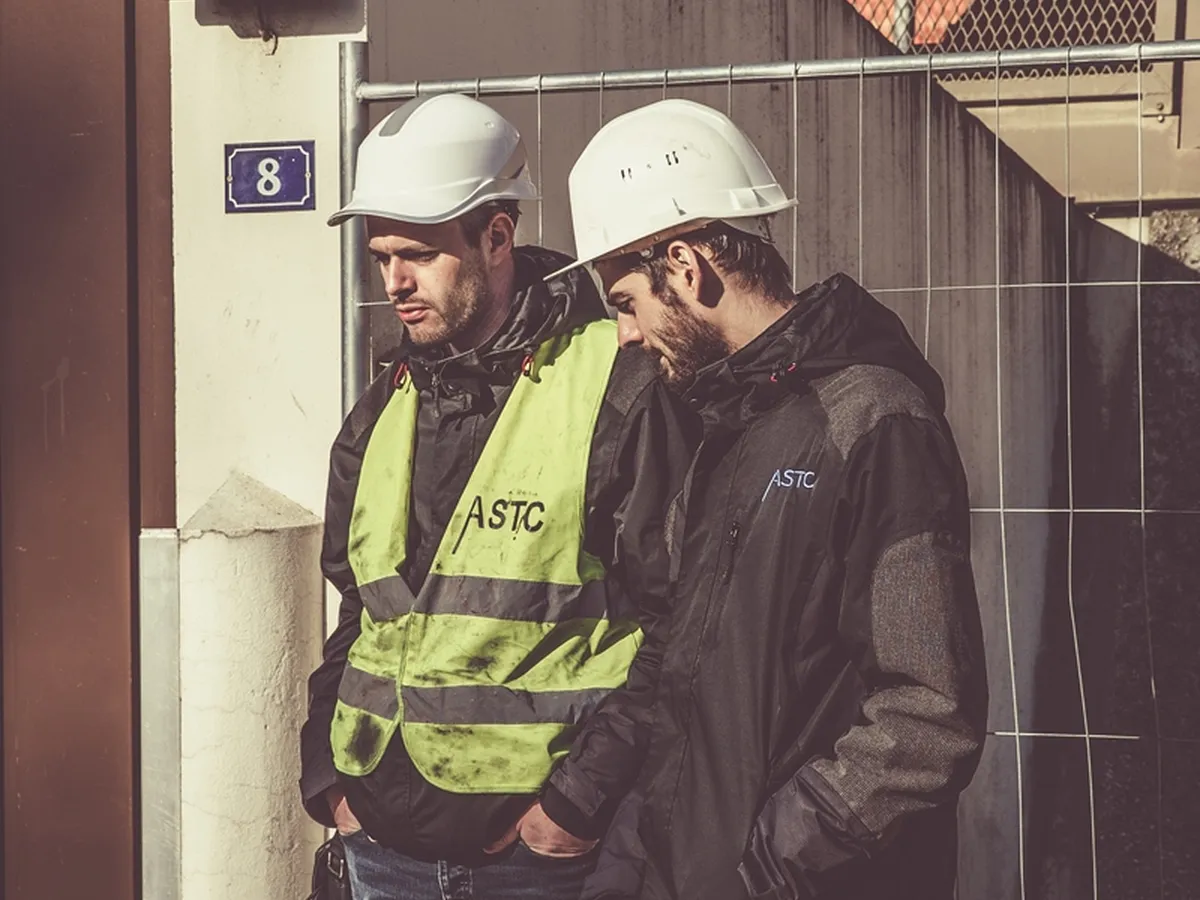Breath alcohol cut-off levels and zero-tolerance
Many of our commercial clients get confused regarding the difference between zero alcohol cut-off levels and zero-tolerance in the workplace. Here we provide some important guidance to help clear up the confusion.

There's no such thing as a zero-cut-off level in breath alcohol testing
Cut-off levels for alcohol testing using a breathalyser is required for two reasons:
- To reliably indicate the presence of alcohol.
- To determine a level that the measuring instruments can reliably detect, and the scientists can report on.
In addition, environmental factors and the consumption or use of other products can influence a breath alcohol result. Therefore we also ask if certain products have been used or consumed prior to obtaining a breath sample.
To add some context to this, we have listed breath alcohol cut-off levels (correct at time of writing) for your reference:
- Drink drive limit in England, Wales, and Northern Ireland: 35 µg/100ml
- Drink drive limit in Scotland and Republic of Ireland: 22 µg/100ml
- Cut-off level for Maritime/Oil Industry: 18 µg/100ml
- Cut-off level for Rail: 14 µg/100ml
- Cut-off level for Aviation/Professional drivers (Buses/Goods vehicles): 9 µg/100ml
What is zero-tolerance in relation to breath alcohol testing?
Zero-tolerance means you will not get a second chance. The police have a zero-tolerance policy to drink driving. For example, anyone over the limit in and England, Wales, and Northern Ireland of 35 µg/100ml will be prosecuted.
Another example of this is Network Rail. They have a zero-tolerance policy to alcohol use and have set a cut-off level of 14 µg/100ml due to the safety critical nature of the work they do. Anyone who fails an alcohol test is not given a second chance and receives a 5-year ban from working for Network Rail.
Your drug and alcohol policy
Hopefully this information is useful and will help you decide on the breath alcohol cut-off levels appropriate for your business. In terms of zero-tolerance, this again depends on the nature of your business and whether you are prepared to give employees a second chance by providing support and rehabilitation. Our advice would always be the latter approach.
Head Office
Crystal Health Group
The Old Chapel
Manchester
M30 0NG



